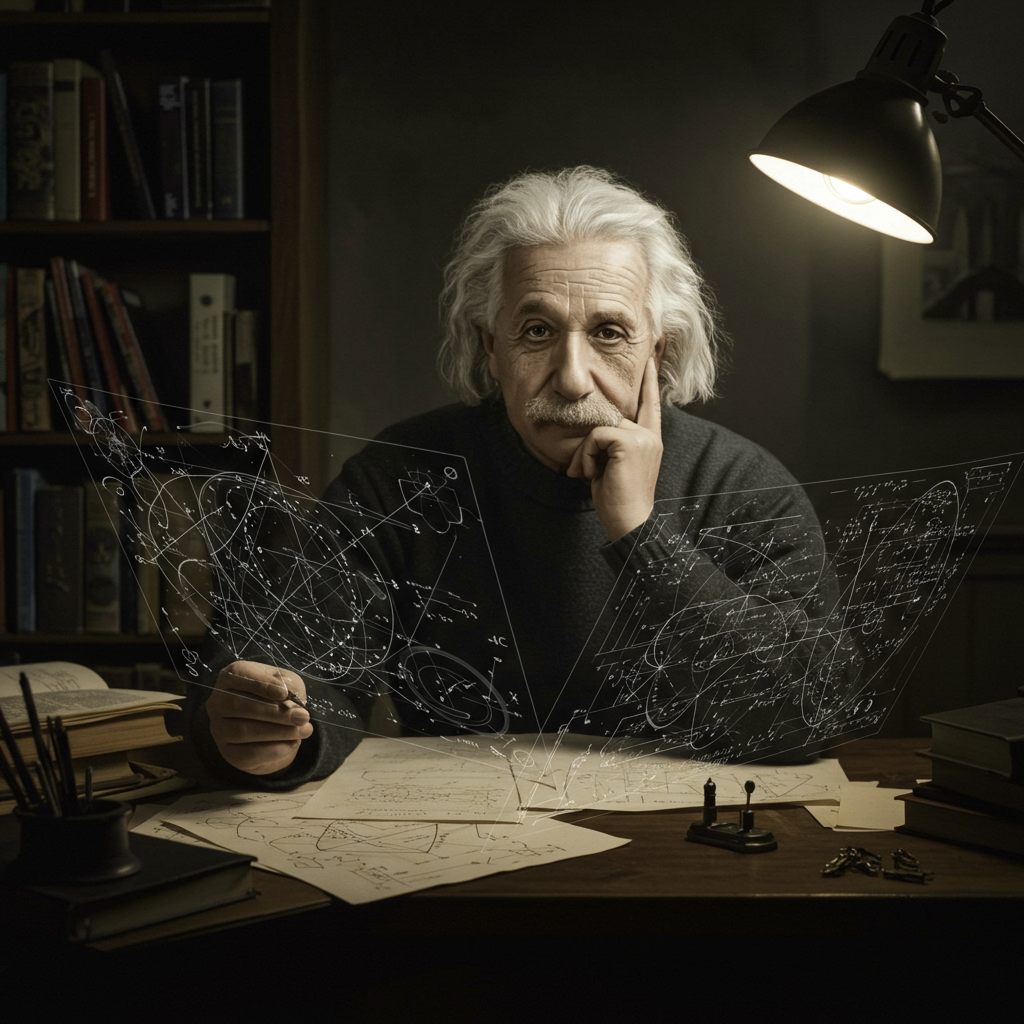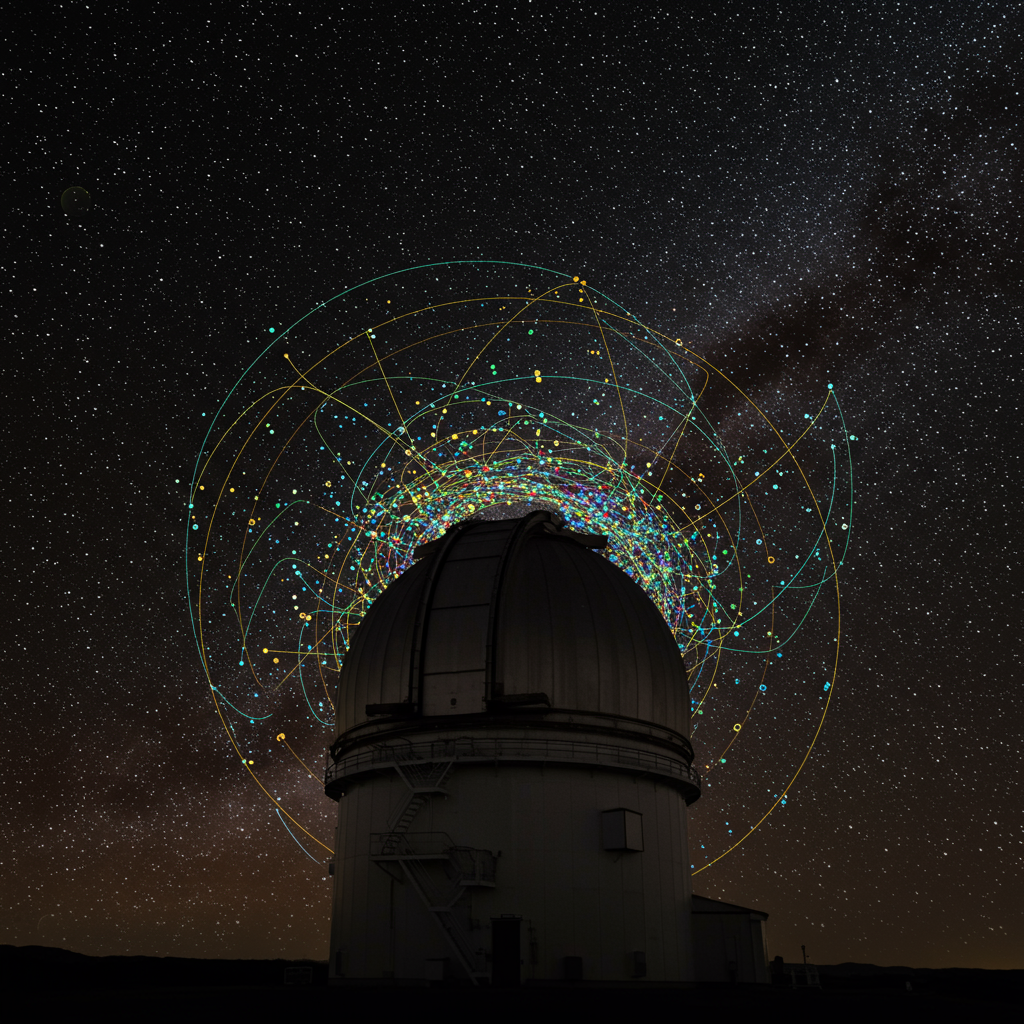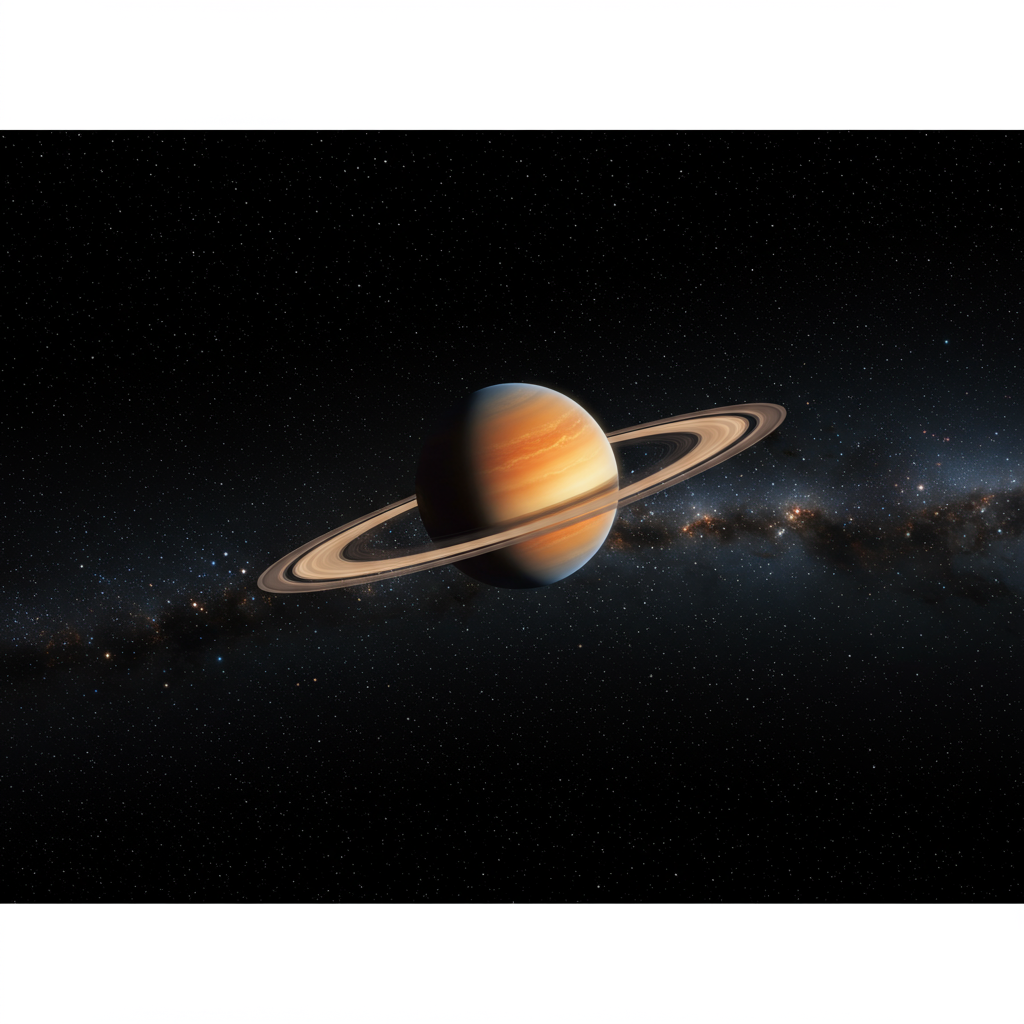JUNE 21, 2025 – For decades, physicists have described the universe using the concept of spacetime, a unified fabric where three dimensions of space are intertwined with a single dimension of time. This four-dimensional structure, rooted in Albert Einstein’s theories of relativity, has been incredibly successful at explaining gravity and the large-scale structure of the cosmos.
However, reconciling Einstein’s view with quantum mechanics – the physics of the very small – remains one of science’s biggest challenges. This fundamental disconnect has led some researchers to propose radical new ideas about the nature of reality itself.
One such groundbreaking proposal comes from a scientist at the University of Alaska Fairbanks, who suggests that time, not spacetime, might be the single, fundamental property underlying all physical phenomena.
Time: The Primary Fabric?
The new theory posits that time isn’t just the linear, forward progression we experience daily. Instead, it might possess three dimensions, much like space. In this view, these three dimensions of time form the primary canvas of the universe. Space, with its familiar three dimensions, emerges as a secondary effect, like paint applied to that temporal canvas.
“These three time dimensions are the primary fabric of everything,” explains associate research professor Gunther Kletetschka at the UAF Geophysical Institute. “Space still exists with its three dimensions, but it’s more like the paint on the canvas rather than the canvas itself.”
This perspective is a significant departure from the standard spacetime model, where time and space are considered inseparable partners in a four-dimensional entity. While both models involve a total of six dimensions (three time + three space), Kletetschka’s theory flips the script, making time the fundamental stage upon which existence unfolds.
Grasping Three Dimensions of Time
Understanding multiple dimensions of time is conceptually challenging. Imagine our standard experience as moving along a single, straight path – this is time as we know it, always forward. A second dimension of time could be pictured as a path crossing the first, allowing movement “sideways” into different potential outcomes or versions of the present moment without going back or forward in conventional time. A third dimension might represent the mechanism or means to transition between these different outcomes.
Theoretical physicists have explored the idea of multiple time dimensions before, often finding that integrating them into traditional physics models can lead to paradoxes, particularly concerning cause-and-effect. Kletetschka’s mathematical framework aims to overcome these issues, ensuring that causes still precede effects, albeit within a more intricate structure.
Some researchers suggest that these additional dimensions of time might only become apparent under extreme conditions, such as the incredibly high energies present in the early universe or during high-energy particle interactions. Intriguingly, exploring multiple time dimensions is also a feature in other theoretical frameworks, like those extending special relativity to include hypothetical faster-than-light, or “superluminal,” observers. From the perspective of such an observer, reality might appear fundamentally different, potentially structured as three dimensions of time and only one dimension of space, where quantum mechanics and superposition are the required language of description. This highlights how radical shifts in perspective or underlying structure can drastically alter our understanding of reality.
A Path Towards Unification?
Why explore such radical ideas as 3D time? The primary motivation is the quest for a unified theory of the universe – a single framework that can explain all fundamental forces and particles. The current landscape includes the Standard Model (uniting electromagnetism, strong, and weak nuclear forces) and general relativity (explaining gravity), but these two pillars are incompatible. Finding a quantum theory of gravity or a “theory of everything” remains the holy grail of modern physics.
The origin of particle mass is central to this pursuit. Kletetschka believes his 3D time theory can offer a solution. His mathematical framework reportedly reproduces the known masses of fundamental particles like electrons and quarks, offering an explanation for why they have these specific masses. This distinguishes his work from some earlier theoretical proposals that were primarily mathematical without concrete connections to experimental data.
“My work transforms the concept from an interesting mathematical possibility into a physically testable theory with multiple independent verification channels,” Kletetschka states. The theory could potentially predict properties of particles not yet discovered, aiding the search for a deeper understanding of mass and the fundamental building blocks of the universe.
Beyond Standard Spacetime
The exploration of time dimensions is part of a broader scientific effort to question fundamental assumptions about spacetime to solve long-standing puzzles. While some theories, like string theory, propose extra spatial dimensions (often tiny and curled up) to help unify forces and particles, Kletetschka’s focus on time dimensions represents a different path. Other cutting-edge theories even explore whether spacetime itself is classical or quantum, suggesting that its nature might mediate quantum phenomena or that subtle fluctuations in spacetime could be experimentally detectable, potentially offering alternative routes to unification or explaining quantum behavior.
Such diverse approaches underscore that physicists are actively rethinking the very nature of reality – whether it’s through exploring extra spatial dimensions, reconsidering time’s dimensionality, or questioning spacetime’s classical/quantum nature – all in the pursuit of a more complete picture of the cosmos.
Kletetschka’s proposal offers a compelling new angle, suggesting that reimagining time as a multi-dimensional entity could provide the key to unlocking some of the universe’s deepest secrets and paving a path towards a unified understanding of physical reality.
References
- www.thebrighterside.news
- www.thebrighterside.news
- www.newscientist.com
- <a href="https://www.symmetrymagazine.org/article/spacetime-all-the-universes-a-stage?languagecontententity=und”>www.symmetrymagazine.org
- www.ucl.ac.uk




